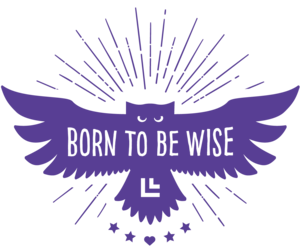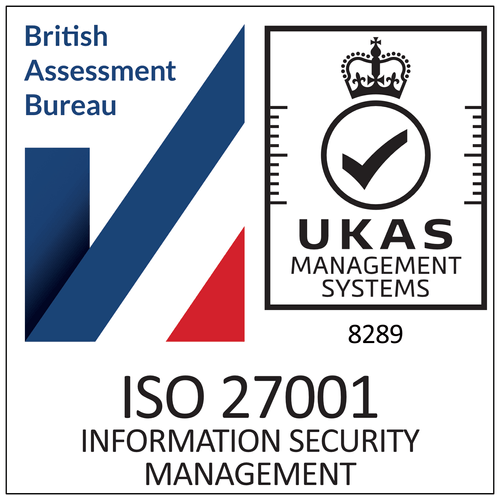Life at a scaleup or growing company can be somewhat chaotic. New locations, new product launches and new talents join the organization. Although exciting, your company faces new challenges, such as rapid onboarding for new roles and team structures. Thus, scaling your training interventions along with your business is essential for continued success.
Having supported many of our customers' growth journeys, we have identified 3 important phases. Each with challenges that reflect the company's maturity. For those looking to buy an LMS to structure onboarding and scale employee training, we have gathered learnings and recommendations for each phase.
Phase 1: Early scaleup
At the initial growth stage, your business is finally starting to take off. Your organization hires new talent to help meet the growing demand and fuel the ambitious growth plans. A large part of your workforce, therefore, consists of new employees. Yet, there is no established Human Resources (HR) or Learning & Development (L&D) function to manage employee onboarding.
You start to consider a formalized onboarding program to help your new workforce get up to speed. The responsibility for implementation ends up with team managers or your colleagues within business, commercial or operations. These departments usually lack training experience and find it challenging to manage employee onboarding. Especially alongside the many other day-to-day tasks.
What to prioritize?
- Clear and defined learning goals. Specify what you want your organization to achieve through training.
- Structured learning materials. Structure learning materials based on job role, division and location, etc. This will help you save time and prevent starting over each time a new talent joins.
- Keep admin to a minimum. Automate onboarding-related admin and free up valuable time. This will allow managers to focus on the core business.
- Get the most out of your LMS provider. Use the onboarding and coaching offered by your LMS provider to help you get started and maximize the value.
- Get into learning design. Read up or consult experts on basic learning design principles. If your organization lacks in-house expertise, then source external knowledge. Or why not use the course templates that come with your LMS?
- Focus on one training intervention at a time. It is easy to feel over-ambitious and underestimate the time and resources required. We suggest a step-by-step process and rolling out one initiative at a time.
To support future growth, prepare to allocate more time and resources into L&D. Either from your existing capacity, or through hiring dedicated HR and L&D staff.
Phase 2: Scaleup
As your company continues to grow, the need for a dedicated HR and L&D function can no longer be overlooked. Employee onboarding simply takes up too much resources. Hiring your first Head of People & Culture or HR Manager becomes an important milestone. With it comes ambitions to kick-start plenty of new training initiatives. As a larger employer, it is time to start building a learning culture to remain competitive and attractive as a workplace.
Juggling HR work with onboarding and skills development, the HR function will eventually struggle to manage training-related operations and admin.
What to prioritize?
- (Re)evaluate your learning goals. Is the organization on the right track towards achieving its learning goals? If not, identify what you need to move forward. Create an action plan and set up new goals.
- Build an internal academy. Once you have a solid onboarding framework, it is time to start building an internal academy. Accessible and inspiring courses promote self-directed learning. Let your employees take ownership of their own development.
- Involve the entire organization. While centralized training is important, local and departmental aspects are essential to your L&D strategy. Reduce some HR workload and leverage internal knowledge by delegating training responsibilities. Invite local experts or subject matter experts to contribute to training and let team managers follow up.
- Keep admin to a minimum. Streamline processes with automated workflows. This will allow HR to expand its L&D initiatives and focus on business strategy.
As your company continues to grow, prepare for further investments into L&D through additional resources or supporting staff.
Phase 3: Mature scaleup
Training has started to pay off. Your organization has a structured onboarding framework, which supports employee induction and business growth. You have also made further investments into skills development. At this point, you are ready to accelerate and build a learning organization.
To meet this goal, your organization has probably hired a dedicated L&D Manager to manage training operations. Together with the Head of People & Culture or HR Manager, they have the capacity to implement learning initiatives in a structured and methodical manner.
What to prioritize?
- Build a learning culture. Make learning organic and part of the daily work. Encourage peer-to-peer knowledge sharing, as opposed to strictly top-down.
- (Re)evaluate your learning goals. Ensure that your organization is on the right track towards achieving its learning objectives. If you are not, what is required to move forward? Create an action plan and set up new goals.
- Personalized learning journeys. Ensure that your L&D strategy is aligned with organizational needs, individual requests and the external business landscape. Build personalized learning journeys based on job roles, departments or career objectives.
- Involve the entire organization. Combine centralized training with local coaching. Distribute training-related workload and leverage internal knowledge by delegating responsibilities. Invite subject matter experts and department heads to contribute to, manage and follow up on training.
- Encourage self-directed learning. Build an internal academy for skills development. An accessible and inspiring course catalog encourages self-directed learning. Let your colleagues take ownership of their own development and become an attractive employer.
- Use learner analytics to make data-driven decisions. Optimize the learning experience and address skills gaps based on employee feedback and course results.
- Streamline processes to maximize output. Automated workflows save valuable time. This allows your organization to scale its L&D initiatives and focus on broader People & Culture matters.
Just as your company evolves, the need for employee training changes throughout the company life cycle. With a growing workforce comes new challenges and expectations, which put your company to the test. It is thus important to grow your L&D initiatives along with your business.
Spare your organization the hassle of swapping solutions each time your organization faces a new situation (which, to be fair, happens quite regularly!). Instead, choose an LMS that you can grow with and rely on - each step of the journey.





